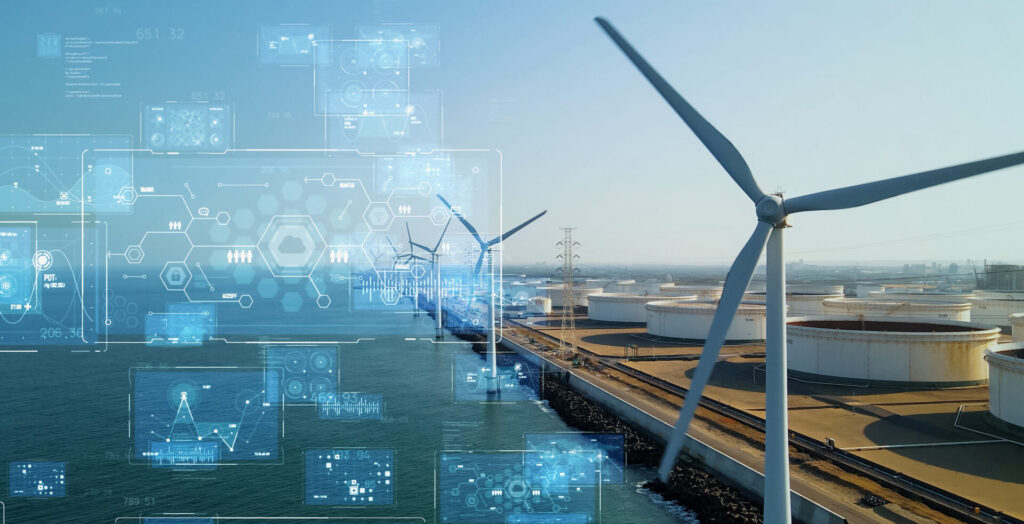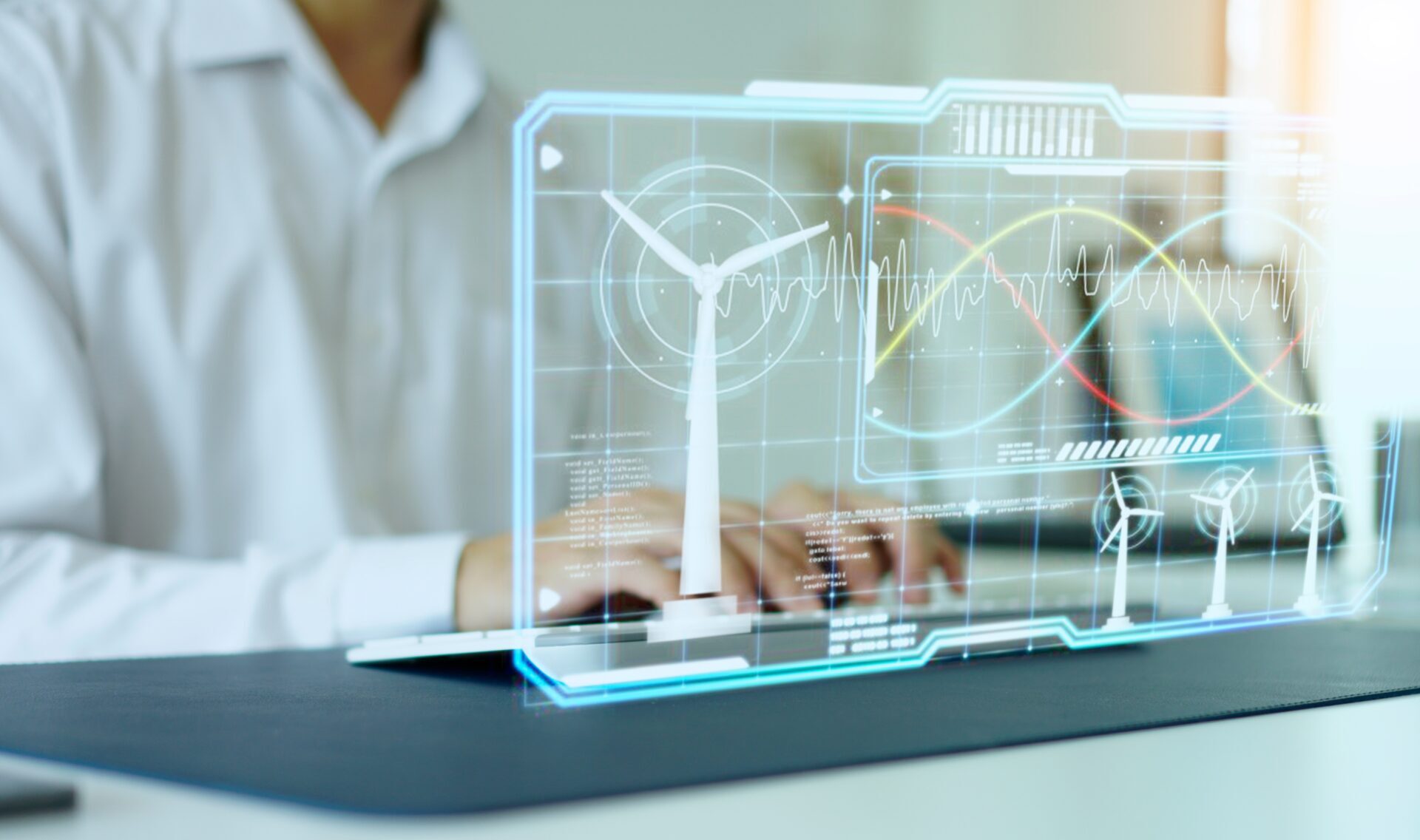It was the great philosopher Homer Simpson who once mused: “Ah beer. The cause of, and solution to, all of life’s problems.”
For those in the renewable energy sector, the quote could equally be applied to artificial intelligence (AI). The pros and cons of AI are set to be among the main talking points at the Wind Energy Hamburg conference in Germany this month. This will give industry leaders the opportunity to see how AI is evolving, how it can support their projects, and reflect on the ongoing debates about AI.
On one hand, the growing demands for electricity to power AI applications is a challenge for the owners of solar and wind farms.
In January, the International Energy Agency warned that the power demands of AI would double the electricity used by data centres to over 1,000TWh in 2026, up from 460TWh in 2022. This has sparked warnings that the growing use of AI will slow the energy transition because ‘green’ power will be used to fulfil these demands, rather than helping nations move away from fossil fuels.
But, on the other, AI presents huge opportunities to make renewables projects run more efficiently through their life cycle. It is essential we move fast to unlock the potential of AI to improve outdated working practices and tackle the sector’s biggest challenges.
We need only think about some of the biggest talking points following large offshore wind tenders concluded in Germany and the UK recently. The fact that Germany’s 5.5GW seabed tender that concluded in August only gained five bids for three sites has sparked concerns about interest in the sector, for example. There has also been plenty of discussion about the potential impact of Chinese turbine makers supplying their machines to European projects.
[Text Wrapping Break]However, these debates have a unifying theme: developers must ensure they deliver profitable and viable projects. This means looking at who supplies their turbines, which tender processes they bid in, and who they work with. Building and running offshore wind farms is an expensive business, and so companies – developers, OEMs and contractors – must find new ways to do so profitably.
That is why it is so important for companies to unlock the vast potential of AI. The benefits that AI systems offer far outweigh the much-talked-about risks.
AI helps contractors and OEMs to work more effectively

Developing, building and operating wind farms is complex, particularly if the sites are offshore. These projects demand large numbers of resources and a great deal of thought about logistics, and companies must deliver them in the face of slim profit margins due to the industry’s ‘race to the bottom’ on costs.
In construction, there is pressure on the contractors and original equipment manufacturers (OEMs) to plan work as efficiently as possible, and to respond quickly to short-term challenges including bad weather or accidents to keep the projects on track. The challenge is even bigger at large offshore wind sites where some turbines are being commissioned while others are being built, as this means multiple stakeholders must find ways to work together efficiently.
Yet all too often this is done with spreadsheets, instead of the high-powered AI-driven tools that are available. There are good reasons for this: companies like to stick with processes they know work, and for a long time AI was seen as a fringe futuristic technology with little practical use in infrastructure projects.
But as one asset management expert quoted in our white paper about O&M in offshore wind said, most firms’ O&M plans fall short of what projects need “nine times out of ten”. The energy transition deserves better.
This is a shame because AI tools are available with very advanced capabilities and the best are simple to use too. This includes condition monitoring systems that enables turbine owners to analyze the physical condition of turbines and predict failures; workflow management systems to help companies manage their construction and O&M work; and enterprise resource planning software, which provides support on the financial side.
For example, at Shoreline we have helped to digitize the full project life cycle, including construction and O&M, with a system that helps people to carry out the analysis needed to deliver profitable projects. It is only one part of the industry’s AI ecosystem, but it is an important part.
Using AI, developers and contractors can analyze projects in complex ways, gain insights they otherwise wouldn’t have, and make smarter decisions. This gives a competitive advantage. This is technology to be embraced, not feared.
Change is always scary, nowhere more so than if you are being told you need to change how you manage the construction and operation of a multi-million infrastructure project. The costs of failure are high. But change is needed and companies can make this change with minimal risk by using tried and tested systems. Companies need to unleash the full potential of AI in their operations.
This can support the standardization and industrialization needed to help wind energy achieve its full potential. Industry discussion about AI often focuses on the threats and the future, but the truth is that it presents opportunities to profit today. At Wind Energy Hamburg, we must accelerate wind’s AI revolution.


